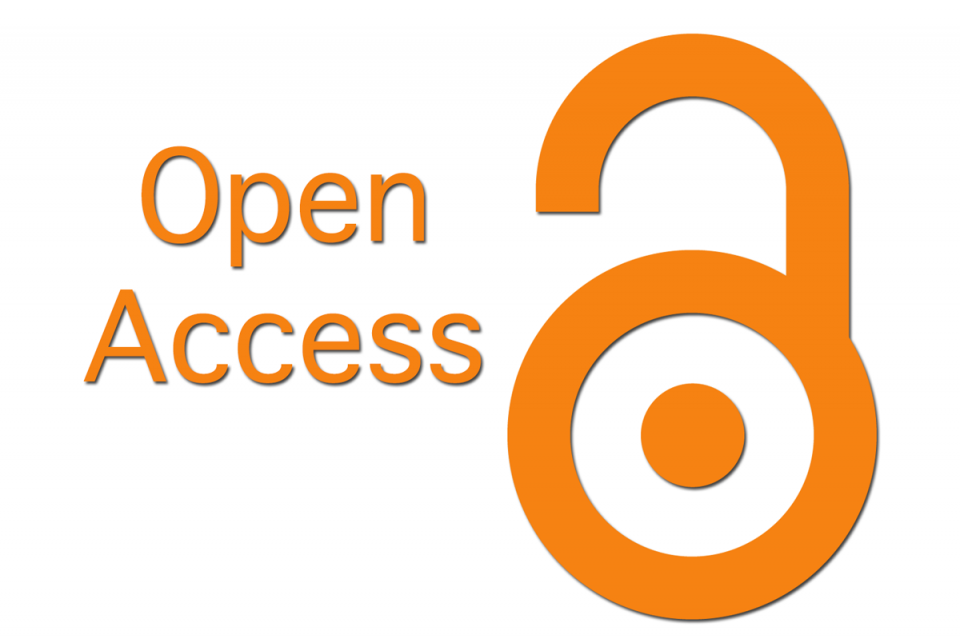Penal Enforcement as a Risk Factor for Deformations in Speech Communication
УДК 343.974, ББК 67.4
Abstract
The article explores the sociocultural and linguistic aspects related to the issue of purity in speech communication within the sphere of penal enforcement. This activity is oriented toward creating the necessary conditions for the social reintegration of convicts, where speech communication between staff of penal enforcement bodies and institutions and the convicts themselves plays a decisive role. Since words carry images and meanings, their use reflects not only the level of thinking but also a person’s value-based attitude toward the surrounding world, which is highly significant in the process of rehabilitating convicts. In this regard, the study examines such sources of risk for speech communication deformations as criminal slang (jargon) and bureaucratic officialese, often used both in official documents of penal enforcement institutions and in the informal speech of their personnel.
The methodological basis of the study includes general scientific methods (dialectical, descriptive, etc.), as well as structural-semantic analysis, comparative legal, and historical-legal methods. The language material was drawn from scholarly works in philology and jurisprudence, as well as publications in academic and periodical literature on historical and legal topics. The research builds on the negative sociocultural experience of the GULAG, where the concentration of a large number of prisoners in the 1930s–1950s and their subsequent mass release—without proper resocialization—contributed to the widespread dissemination of criminal subculture in society, reflected in the mass use of criminal jargon. Attention is drawn to the fact that this jargon is still generated within the convict environment and transmitted to society.
At the same time, bureaucratic officialese in the speech communication of penal enforcement agencies is an extremely undesirable phenomenon, reflecting a functional-instrumental, depersonalized approach to individuals manifested, for example, in terms such as "labor utilization" and "labor employment" of convicts. The study conclusion emphasizes the need to ensure the purity of speech communication in penal enforcement.
Downloads
Metrics
References
Авербах И. От преступления к труду / Новый мир. - 1989. - № 8. - С. 7-18.
Антонян Ю. М. Преступная жестокость. М., 1994.
Анфиногенов В. А. Субкультура осужденных и её влияние на их поведение в условиях изоляции: автореферат дис. ... кандидата юридических наук: 12.00.08. Саратов, 2016.
Диканбаева С. А. Политический дискурс советского общества периода ГУЛАГа / Актуальные проблемы современности. - 2018. - № 1 (19). - С. 164-176.
Карпец И. И. Проблема преступности. М., 1969.
Кудрявцев В. Н. Причинность в криминологии. М., 2007.
Олейник А. Н. Тюремная субкультура в России: от повседневной жизни до государственной власти. М., 2001.
Росси Ж. Справочник по ГУЛАГу. В двух частях. Издание 2-е, дополненное. М., 1991.
Тулегенов В. В. Криминальная субкультура и ее криминологическое значение. Автореферат дис. … канд. юрид. наук: 12.00.08. Ростов-на-Дону, 2003.
Уткин В. А. Проблемы теории уголовных наказаний: курс лекций. Томск, 2018.
Хохряков Г. Ф. Парадоксы тюрьмы. Проблемы, дискуссии, предложения. М., 1991.
Copyright (c) 2025 Куат Рахимбердин

This work is licensed under a Creative Commons Attribution 4.0 International License.
The authors, which are published in this journal, agree to the following conditions:
1. Authors retain the copyright to the work and transfer to the journal the right of the first publication along with the work, at the same time licensing it under the terms of the Creative Commons Attribution License, which allows others to distribute this work with the obligatory indication of the authorship of this work and a link to the original publication in this journal .
2. The authors retain the right to enter into separate, additional contractual agreements for the non-exclusive distribution of the version of the work published by this journal (for example, to place it in the university depository or to publish it in a book), with reference to the original publication in this journal.
3. Authors are allowed to post their work on the Internet (for example, in a university repository or on their personal website) before and during the review process of this journal, as this may lead to a productive discussion, as well as more links to this published work (See The Effect of Open Access).










